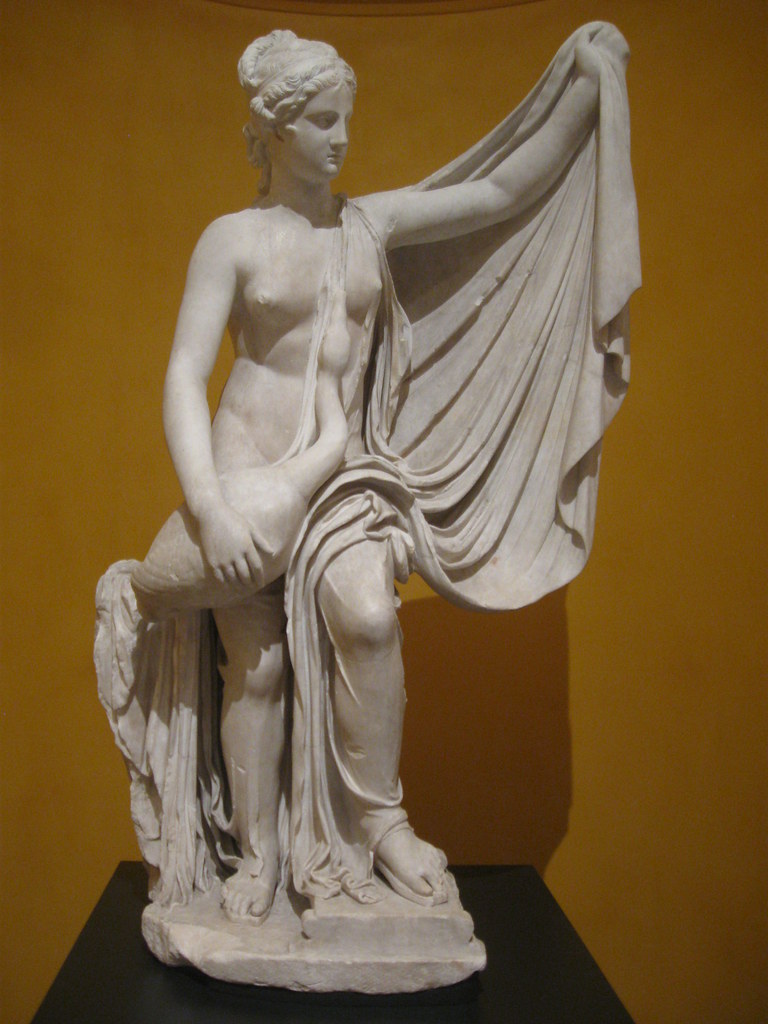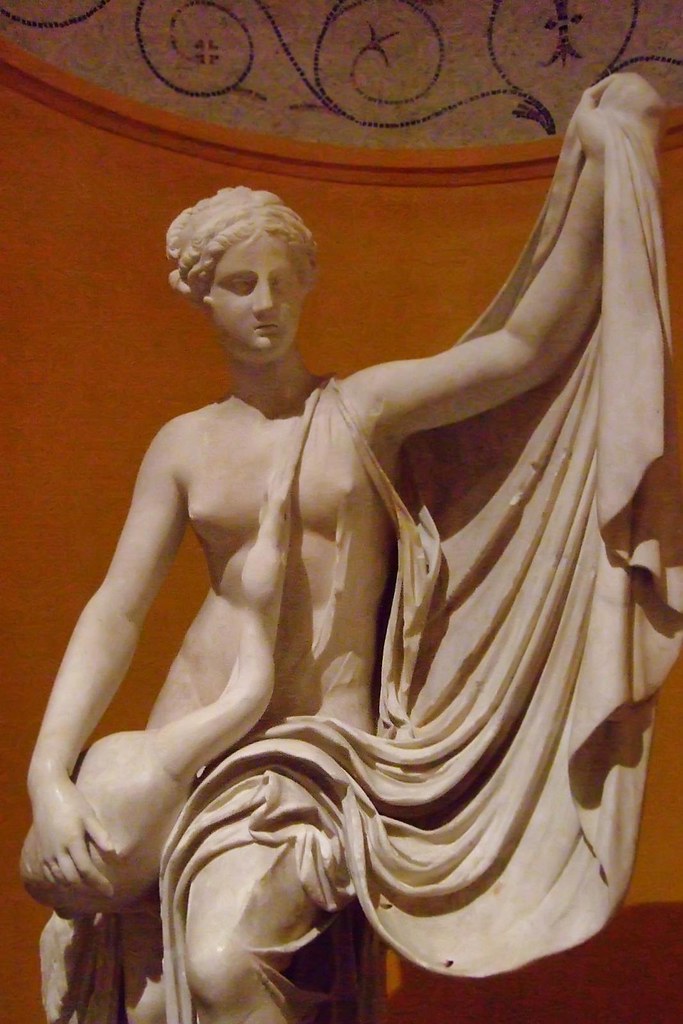
The world of ancient art never fails to captivate and mystify with its stunning sculptures and intricate designs. Amongst the vast collection of Roman marble sculptures, one particular piece has garnered significant attention – the enigmatic Leda and the Swan sculpture. Believed to possibly reflect a lost work by the renowned artist Timotheos, this masterpiece has sparked curiosity among art enthusiasts and historians alike. Join us as we delve into the mystery behind this Roman marble sculpture and uncover the story it holds.
The Enigmatic Leda and the Swan Sculpture: Unveiling Its Roman Marble Mystery
Nestled within the halls of the world’s most esteemed museums, the Leda and the Swan sculpture continues to bewitch visitors with its exquisite craftsmanship and enigmatic allure. Carved from Roman marble, this stunning piece depicts the Greek mythological tale of Leda, the Queen of Sparta, and her encounter with Zeus disguised as a swan. However, what truly sets this sculpture apart is the possibility that it is a reflection of a lost work by Timotheos, a renowned Greek sculptor of the 4th century BCE.
Discovering Timotheos’ Lost Masterpiece: A Glimpse into Ancient Artistry
Timotheos, known for his intricate and delicate sculptures, was highly sought after during his time. His works were revered for their ability to capture the essence of their subjects, breathing life into the stone. While many of his masterpieces have been lost to time, the Leda and the Swan sculpture holds the promise of being an exceptional surviving example of his artistry. The intricate details in the sculpture, such as the gentle flow of Leda’s garments and the serene expression on her face, bear resemblance to Timotheos’ signature style.
Unraveling the Tale of Leda and the Swan: A Roman Sculpture Shrouded in Myth
The myth of Leda and the Swan has fascinated artists throughout history, including the likes of Leonardo da Vinci and Michelangelo. According to the ancient Greek myth, Leda was seduced by Zeus, who had taken the form of a swan. This union resulted in the birth of Helen of Troy, whose beauty would later lead to the devastating Trojan War. The Leda and the Swan sculpture captures this pivotal moment with its meticulous detailing, evoking a sense of both beauty and intrigue. Whether or not the sculpture was indeed created by Timotheos, it undeniably serves as a testament to the enduring power of myth and the artistry it inspires.
As we gaze upon the Leda and the Swan sculpture, we are reminded of the timeless allure of ancient art and the mysteries that lie within. The possibility of this Roman marble masterpiece being a reflection of Timotheos’ lost work only adds to its enigmatic nature. Whether it is the work of the renowned sculptor or not, the sculpture’s exquisite craftsmanship and the captivating tale it depicts continue to mesmerize and delight all those who encounter it.



